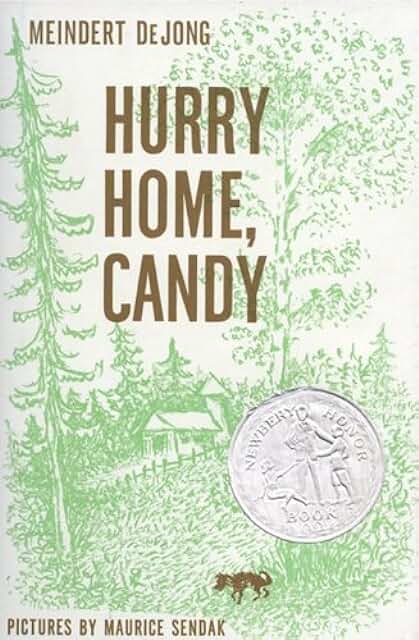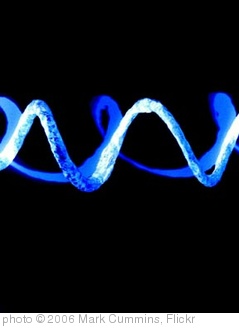Invisible Man by Ralph Ellison wins The National Book Award for 1953.
Ernest Hemingway’s The Old Man and the Sea wins the Pulitzer Prize for Fiction. Not my favorite Hemingway. I can appreciate Farewell to Arms or For Whom the Bell Tolls, but the whole man against nature angst of Old Man and the Sea is way outside my enjoyment zone.
 The Christopher Award, presented by The Christophers, a Christian organization founded in 1945 by the Maryknoll priest James Keller, to honor books, movies and television specials that affirm the highest values of the human spirit”, is given to the book Karen by Marie Killilea. I read the book Karen, written by her mom about a girl who lives with cerebral palsy, when I was a teenager, and I found it quite inspiring. Cerebral palsy was a much misunderstood condition, both then and even now, and it was educational for me to read about Karen and her family, dedicated Catholics who were determined to help Karen to grow up to be the best that she could be in spite of her physical challenges.
The Christopher Award, presented by The Christophers, a Christian organization founded in 1945 by the Maryknoll priest James Keller, to honor books, movies and television specials that affirm the highest values of the human spirit”, is given to the book Karen by Marie Killilea. I read the book Karen, written by her mom about a girl who lives with cerebral palsy, when I was a teenager, and I found it quite inspiring. Cerebral palsy was a much misunderstood condition, both then and even now, and it was educational for me to read about Karen and her family, dedicated Catholics who were determined to help Karen to grow up to be the best that she could be in spite of her physical challenges.
Ann Nolan Clark’s The Secret of the Andes wins the Newbery Medal. Charlotte’s Web wins a Newbery Honor. This year of Newbery picks is often cited as a mistake by critics who think it evident that Charlotte’s Web is the better book and should have won the Newbery. I don’t disagree, but I have read Secret of the Andes. It’s a fine story and works quite well as a read aloud. Ms. Clark should be accorded due respect for her writing and not always compared to E.B. White.
Sir Winston Churchill wins the Nobel Prize for Literature.
Also published in 1953:
Journey Cake, Ho! by Ruth Sawyer. A picture book based on the story of the Gingerbread Boy, but set in Appalachia with a “journey cake” substituting for the the gingerbread boy.
Go Tell It on the Mountain by James Baldwin. Can anyone recommend (or not) this acclaimed novel?
The Adventures of Augie March by Saul Bellow. My mom took a Jewish American literature class in graduate school when I was a teen, and read some of her books, including this one by Saul Bellow. I can’t say I understood it or liked it at the time. I wonder what I would think if I read it again now.
Fahrenheit 451 by Ray Bradbury. Classic science fiction, dystopian fiction, and indictment of book-burning and censorship.
 The Long Good-bye by Raymond Chandler.
The Long Good-bye by Raymond Chandler.
After the Funeral and A Pocketful of Rye by Agatha Christie.
The Robe by Lloyd C. Douglas. The Robe is one of my all-time favorite books, and it became the number one bestseller of 1953. The novel tells the story Marcellus, a Roman tribune who ends up carrying out the crucifixion of Jesus and winning Jesus’ robe as the soldiers gamble at the foot of the cross.
The Silver Chair by C.S. Lewis. My favorite scene from Narnia is in this book: Puddleglum and Eustace and Jill are trapped underground in an kingdom ruled over by the Green Lady (the White Witch again), and they are about to be spellbound by her fascinating voice. Then Puddleglum says:
“One word. All you’ve been saying is quite right, I shouldn’t wonder. I’m a chap who always liked to know the worst and then put the best face I can on it. So I won’t deny any of what you said. But there’s one thing more to be said, even so. Suppose we have only dreamed, or made up, all those things – trees and grass and sun and moon and stars and Aslan himself. Suppose we have. Then all I can say is that, in that case, the made-up things seem a good deal more important than the real ones. Suppose this black pit of a kingdom of yours is the only world. Well, it strikes me as a pretty poor one. And that’s a funny thing, when you come to think of it. We’re just babies making up a game, if you’re right. But four babies playing a game can make a playworld which licks your real world hollow. That’s why I’m going to stand by the play-world. I’m on Aslan’s side even if there isn’t any Aslan to lead it. I’m going to live as like a Narnian as I can even if there isn’t any Narnia. So, thanking you kindly for our supper, if these two gentlemen and the young lady are ready, we’re leaving your court at once and setting out in the dark to spend our lives looking for Overland. Not that our lives will be very long, I should think; but that’s a small loss if the world’s as dull a place as you say.”
Go, Puddleglum!
Casino Royale by Ian Fleming. The first James Bond novel.
The Crucible by Arthur Miller. Miller’s play uses the Salem Witch trials as a metaphor for and illumination of the McCarthy and the Committee on Un-American Activites (U.S. House of Representatives) blacklisting of suspected communists in government, entertainment and business. Its initial production on Broadway in 1953 won a Tony Award.
 Set in 1953:
Set in 1953:
The Story of a Marriage by Andrew Sean Greer, 2008. Recommended at Literary License.
Keeping Score by Linda Sue Park. Semicolon review here.
Penny from Heaven by Jennifer L. Holm. Reviewed by Miss Erin. Also reviewed at Jen Robinson’s Book Page.






